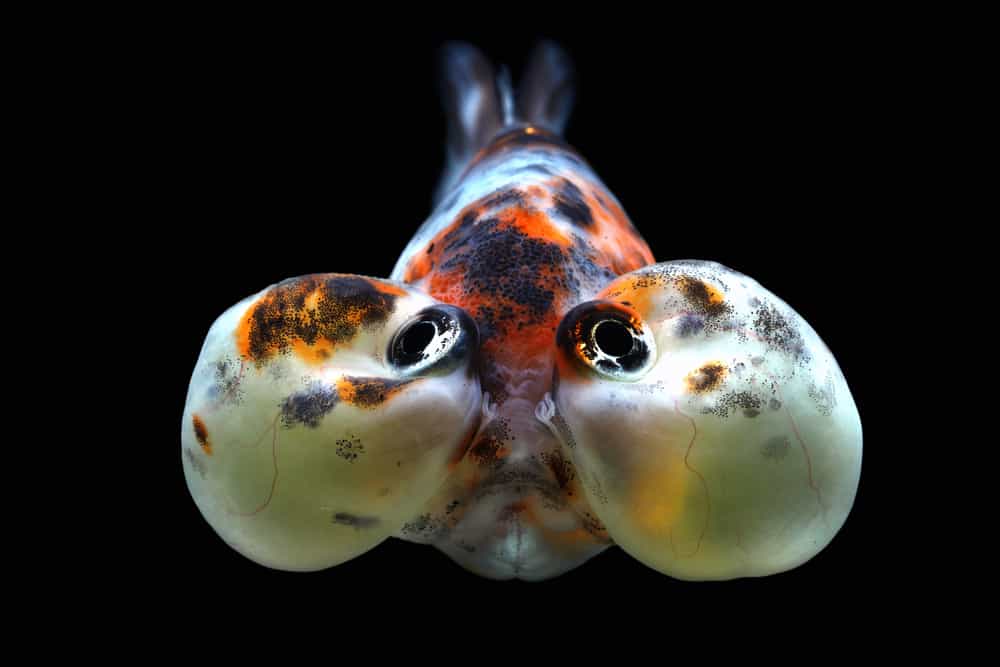
Some people think that fish are unintelligent animals that don’t feel emotions, have a memory, or feel pain.
Some may even think that fish don’t have brains!
This is probably because most people haven’t explored the aquatic world and don’t understand how fish live in their environment.
They just assume fish are brainless animals because their faces are stiff, and they can’t blink or scream.
However, if you look closely, you’ll see how all of that is just a myth!
Fish display various signs of intelligence, including having a memory, feeling stress and pain, exhibiting social intelligence, and having the ability to communicate.
Keep reading to find out how intelligent different fish species can be.
Do Fish Have Brains?
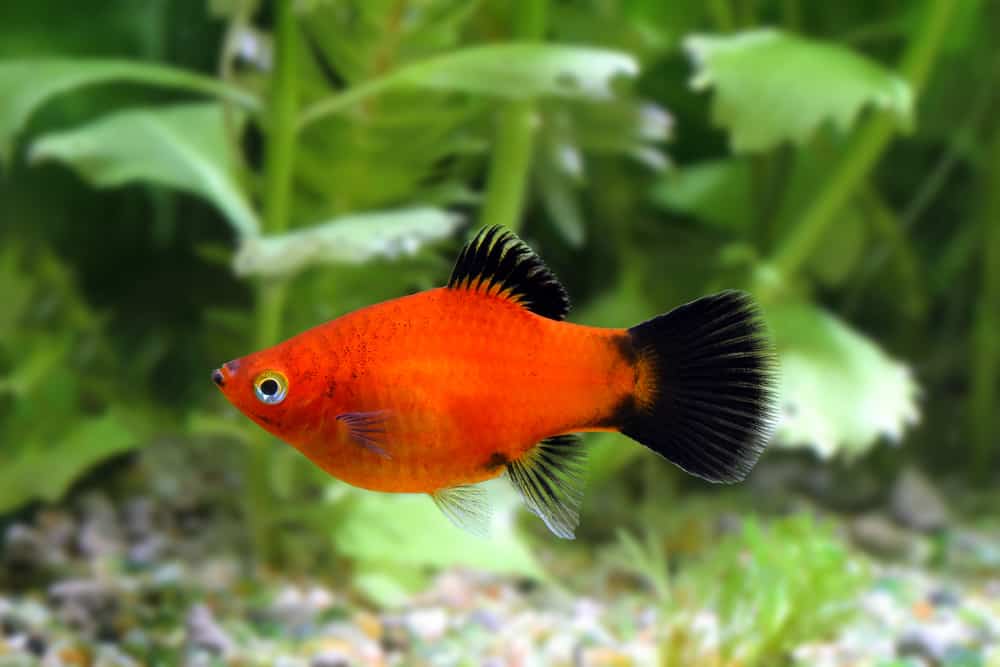
Yes, fish have brains.
Brain size is measured in comparison to body weight and size.
Compared to other vertebrates, most fish have small brain-to-body ratios.
However, there are species with very developed and large brains.
For instance, an African freshwater fish named the Electrogenic Elephantnose has one of the largest brain-to-body weight ratios among vertebrates.
Its brain even outweighs the human brain.
This fish also has the highest brain-to-body oxygen consumption ratio among all vertebrates.
Mormyrids and sharks own massive brains relative to their bodies, too.
Cephalopods, such as octopuses, have highly developed brains, and they’re capable of growing and learning.
Some fish can even outperform chimpanzees and young children in some cognitive tasks.
For example, German and American scientists compared a fish species named Cleaner Wrasse to three primates: capuchin monkeys, orangutans, and chimpanzees.
The researchers let the animals choose their food from two plates.
One of the plates was red, and the other one was blue.
They kept removing the blue plate after two minutes.
Pretty soon, the fish figured out which plate will soon be removed and started eating from the blue one so they could get more food.
The primates didn’t make the connection and ultimately had less food to eat.
Clearly, fish don’t just eat, mate, hunt, and raise babies.
They can also carry out complex tasks.
1. Memory
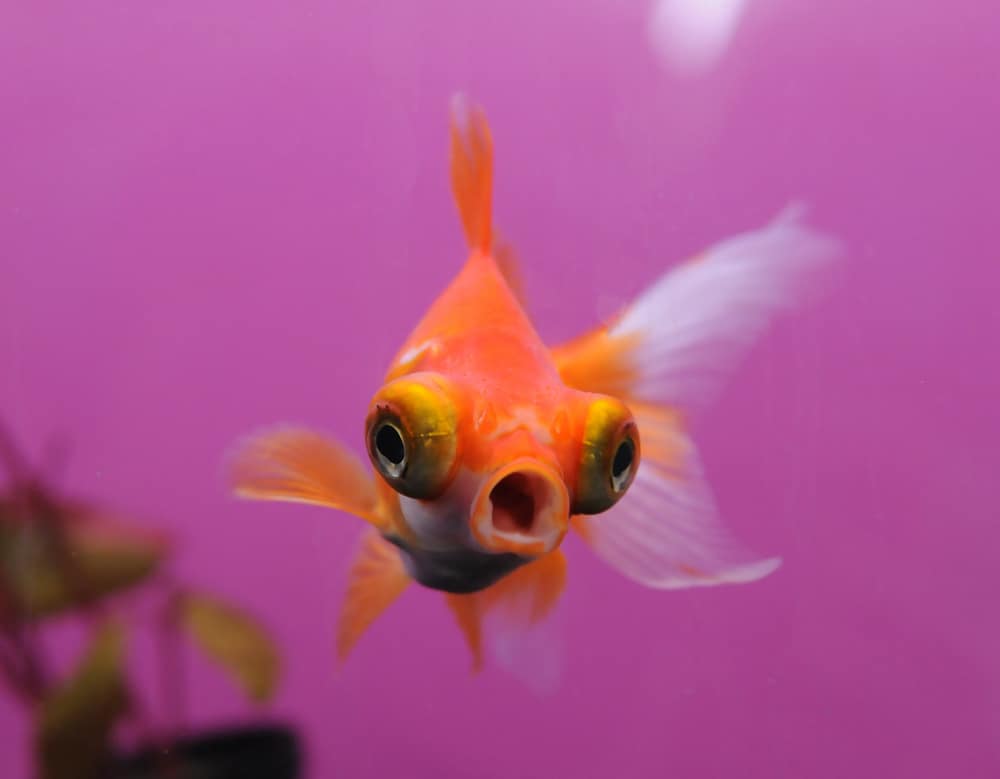
You’ve probably heard that goldfish have a three-second memory.
Well, that’s just not true!
In an experiment, goldfish could remember a food dispenser’s color even after a year of not seeing it.
Fish can remember the individuals they lost a fight to and the aggressive fish who have bullied them before.
A red clownfish can recognize its mate after being separated for 30 days.
Some fish species become harder to catch after they’ve been caught once by anglers.
They tend to avoid places where they’ve been attacked or experienced stress.
Some fish can even remember their trainers after several months of being away.
Once a fish learns how to escape a trap, they can remember the escape route even a year later.
Some varieties can be trained to press a bar for food and remember the trick even after months of not seeing the bar.
Fish can use visual landmarks, odors, and light to help them travel through the sea without getting lost.
In an experiment, Israeli scientists played a sound from a speaker right before feeding a group of fish.
After a few rounds, the fish learned to gather around the speaker whenever they heard that sound, waiting to be fed.
Then the researchers released the fish into the open sea.
After several months, they played the sound into the sea using a speaker.
The fish could remember the sound, so they swam to the speaker, waiting for food.
This phenomenon is called classical conditioning, and it was first discovered in dogs by a Russian scientist named Ivan Pavlov.
Since the 1890s, this process has been repeated with many animals, including ducks, horses, and even elephants.
2. Feeling Pain
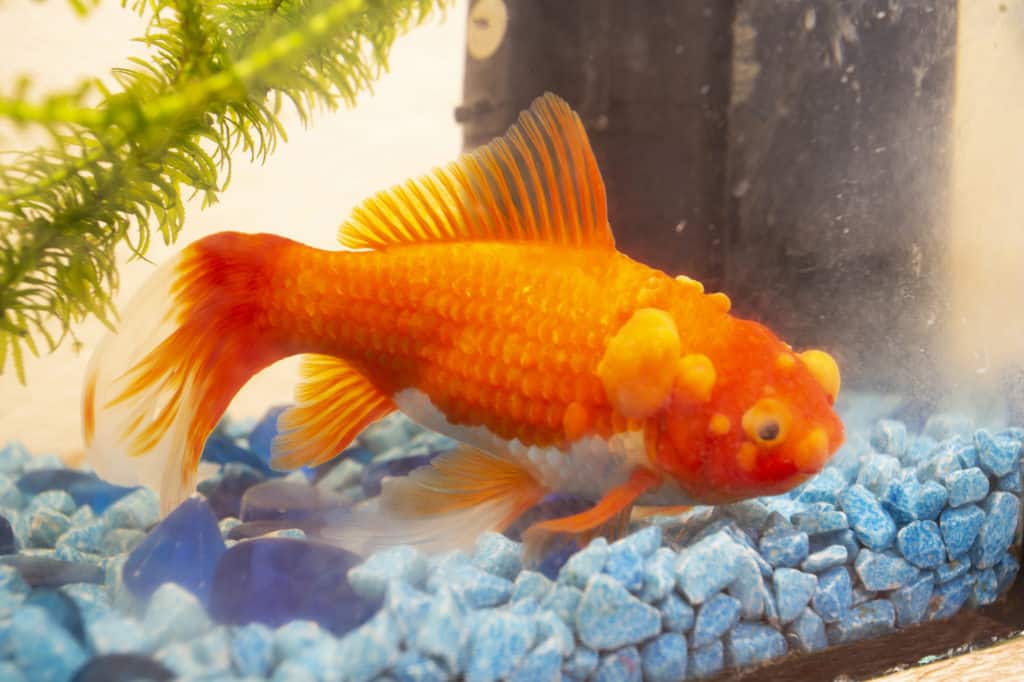
Most people think fish don’t have nervous systems and therefore can’t feel pain.
Some vegetarians even eat fish because of this false claim.
Scientists have discovered that, just like humans, fish possess nerves called “pain receptors” that convey pain.
They might not feel pain the same way we do, but they have the hardware for experiencing pain.
With that, they actively avoid painful experiences.
Fish also have brain chemicals called neurotransmitters, such as dopamine and serotonin, which can create feelings of pain, fear, hunger, and thirst.
These chemicals are the software.
By combining the hardware and software together, we can be reasonably sure that fish can feel some kind of pain.
Further experiments can give us more insight into the matter.
In an experiment, fish were injected with acetic acid or bee venom on the lips.
They began rubbing their lips to the aquarium corners or gravel and breathing faster.
They also didn’t react to stressful situations when they were in pain like they normally would.
The fish were then injected with aspirin, lidocaine, and morphine, which made the pain symptoms disappear.
3. Feeling Stress
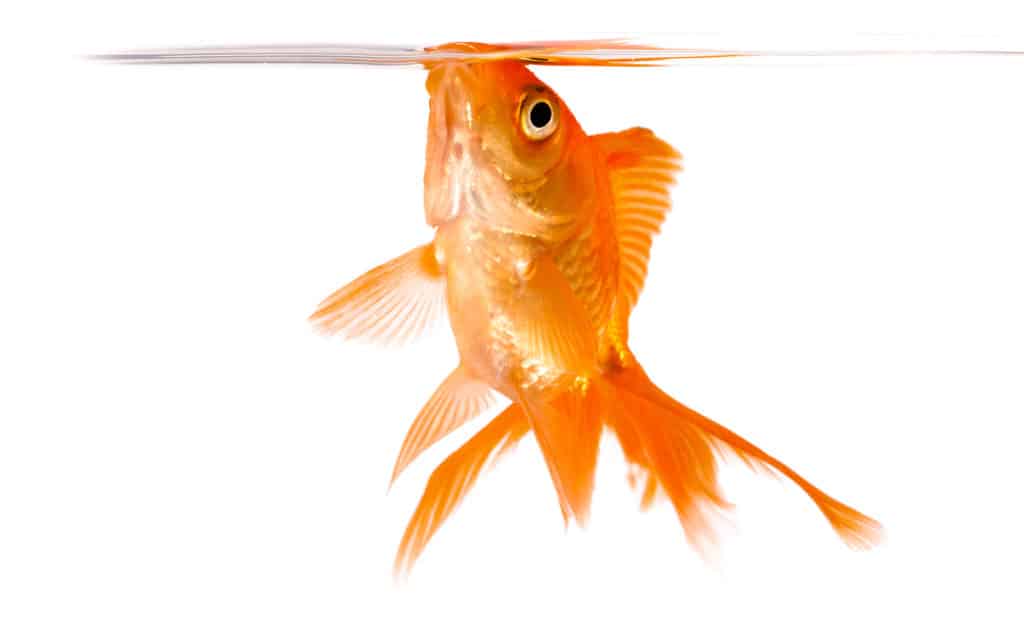
Anyone who’s kept fish knows that fish experience stress.
Fluctuations in temperature, pH levels, ammonia spikes, reduction in the dissolved oxygen levels, and many other factors can stress fish out.
Excess stress makes them prone to various diseases.
There’s a physical reaction called Stress-Induced Hyperthermia or Emotional Fever, which can be triggered by a stressful situation.
As the name suggests, the body gets warmer, almost like a fever.
It was believed that fish couldn’t feel stress, so they wouldn’t experience emotional fever, whereas mammals, birds, and reptiles could.
To prove that fish actually are conscious creatures that can feel stress, scientists performed a test.
Fish are cold-blooded animals.
They move to environments where the water temperature is similar to their internal physiological state.
In this experiment, the scientists trapped a zebrafish in a net in a tank, where it experienced stress.
Then they released it into a tank with multiple temperature areas.
The fish spent most of its time in warmer regions.
In contrast, the control zebrafish that hadn’t been stressed stayed in the colder regions.
Since fish can’t regulate their body temperature, this means the stressed fish’s body temperature rose due to stress.
4. Social Intelligence
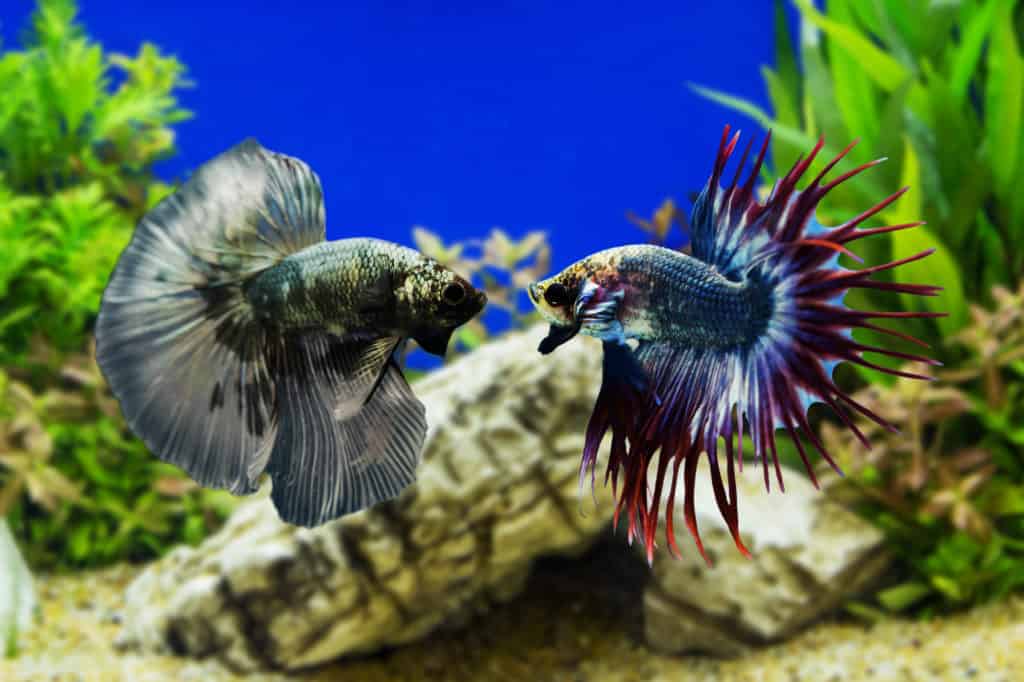
Like many other animals, the fish who live in a community and social group can identify each other.
If a fish has to choose between living with strangers or going into a tank with its old mates, it’ll go with the second choice.
Also, fish can identify larger, stronger species and predators and modify their behavior towards them.
For example, if a fish loses in a fight against another one, it’ll remember to avoid that fish in the future.
In an experiment, two males fought with a female present as an observer.
Then, both males were allowed to spend time with the watching female and a new female.
The winning fish chose to be around both, but the losing fish didn’t want to spend time with the female that watched it lose the fight.
Also, two males usually lower their aggressiveness when a female fish watches them because females prefer to mate with less aggressive males.
However, if another male is present, they tend to act and fight more aggressively.
Fish also recognize territorial neighbors and try to stay away from them.
The same goes for bullies who deprived them of food.
5. Deception
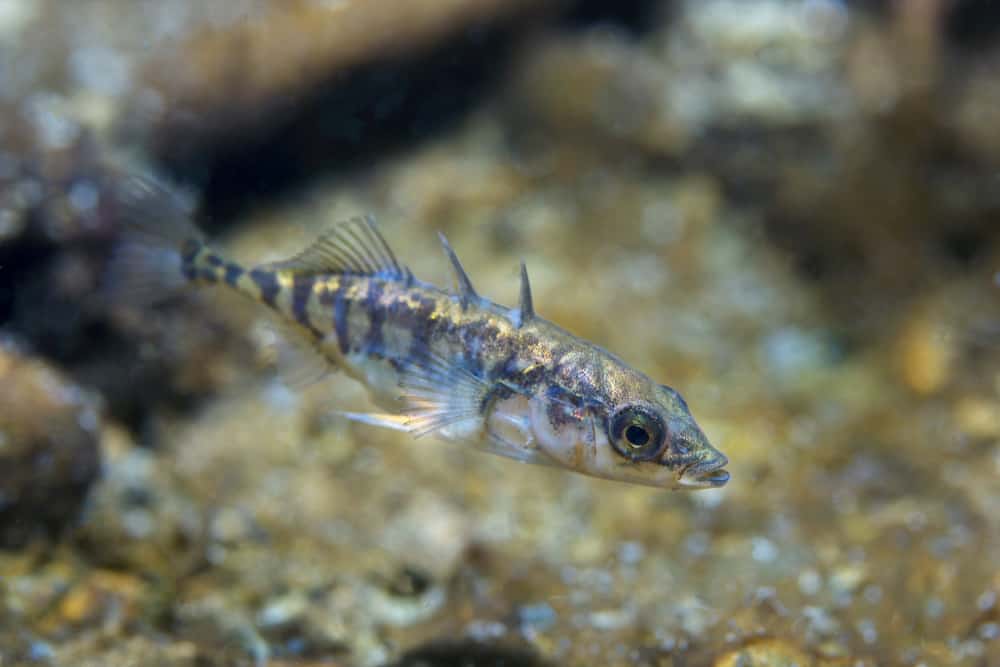
Some fish can even be deceptive and trick other fish.
For instance, Threespine Stickleback males can distract predators who want to attack their nest and eat the eggs.
Some Bowfin fish try to distract a predator by moving away and thrashing themselves like an injured fish to save their fries.
Some cichlid species catch their prey using an ingenious method called death feigning.
They’ll fall to the substrate and stop moving as if they’re dead or injured.
When the prey gets close to them, thinking they’re dealing with a rotting carcass, the predator attacks them.
If this isn’t a sign of intelligence, then what is?
6. Tool Use and Construction
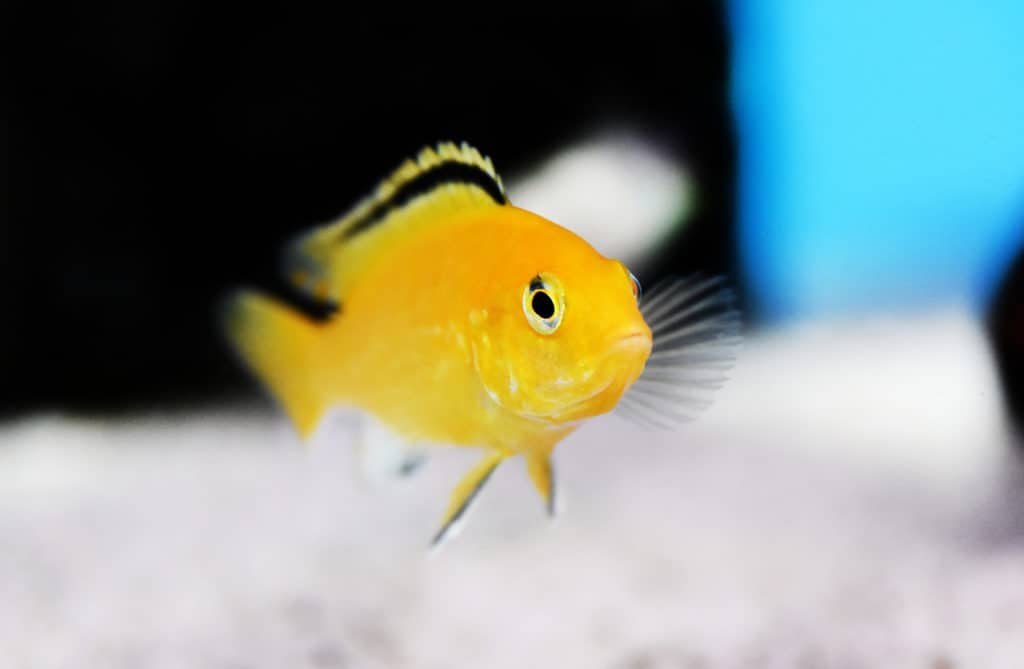
Although fish only have their mouths to hold objects with, they still manage to use different objects to their advantage.
For example, some Wrasse species can hold bivalves or sea urchins with their mouths while banging them against rocks to break them up.
Some fish lay their eggs on loose leaves so that they can detach and carry the leaf away when a predator approaches their nest.
Archerfish can squirt water above the surface at insects, so they’ll fall into the water.
Whitetail Damselfish know how to clean a rock’s surface by blowing sand grains before laying their eggs on the rock.
Many fish can build nests on their own by excavating and drilling into the sand or piling up sand and coral pieces to make a mound.
Male sticklebacks use secretions from their kidneys to glue pieces of vegetation together to build an enclosed nest.
7. Cooperation
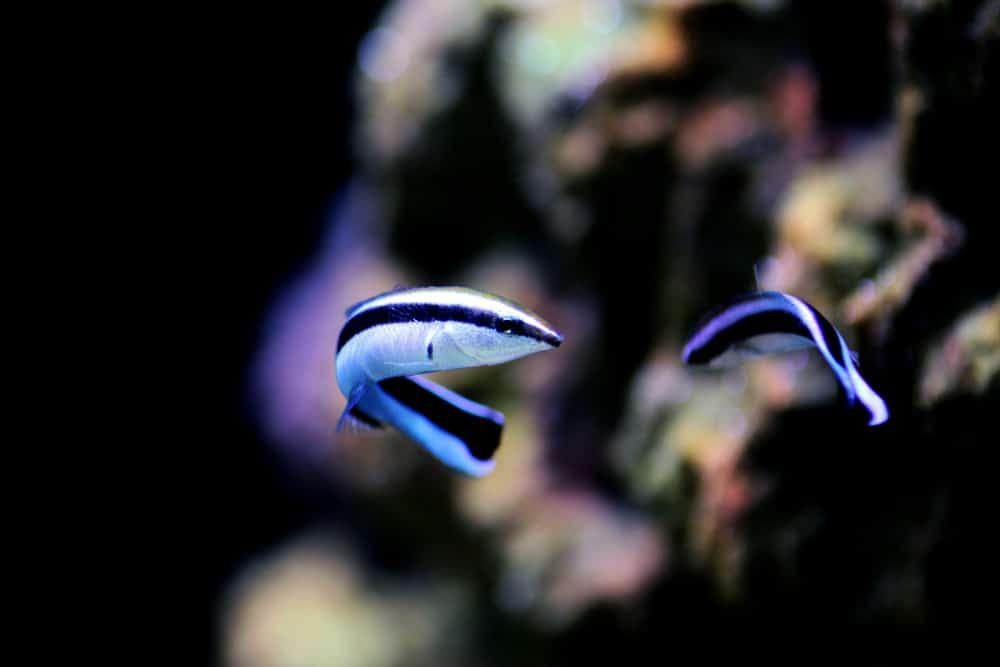
Many animals are known to work in groups to achieve common goals, especially hunting.
Many fish species will call each other for help when they want to attack their prey.
Some get help from slender or smaller predators when they find their prey’s hiding spot, mostly if they can’t catch it on their own.
A fish called a Bluestreak Cleaner Wrasse helps other fish varieties get rid of parasites by eating them.
The infected fish, called a client, will go to a wrasse’s nest and wait for it to clean its body.
Sometimes the wrasses even cheat and eat the nutritious body mucus, causing the client to flee.
Interestingly, wrasses won’t do this if other clients are watching them.
They probably want to maintain a good reputation.
8. Playing
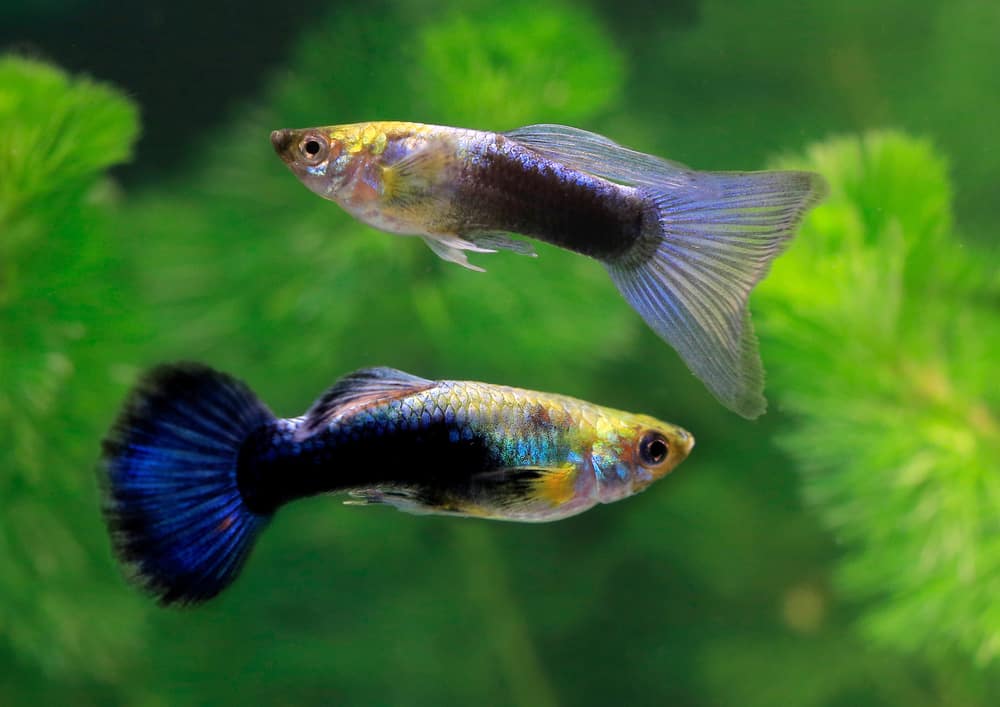
Playing is a sign of intelligence in animals.
An example of fish playing would be an Elephant Nose fish with one of the biggest brain-to-body weight ratios among vertebrates.
In an experiment, this fish carried a ball made of aluminum foil to the aquarium’s filter outflow tube, where the electrical current pushed the ball away.
The fish would then chase after it and repeat the game.
When cichlids see a bouncy ball or a floating thermometer, they start playing with it to make it wobble.
9. Communication
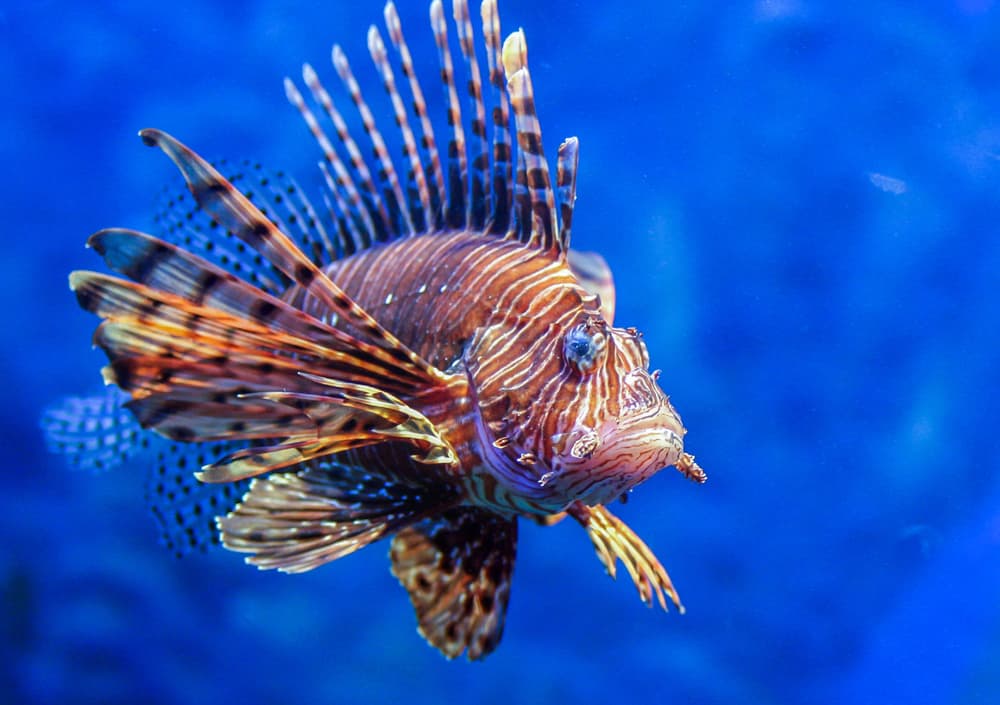
Fish can communicate with each other, too!
They talk to one another using low-frequency sounds like squeaks and squeals which humans can only hear with special instruments.
They can also talk to each other using body language.
For instance, a lionfish moves its back fins in a special way to invite other fish to a hunt.


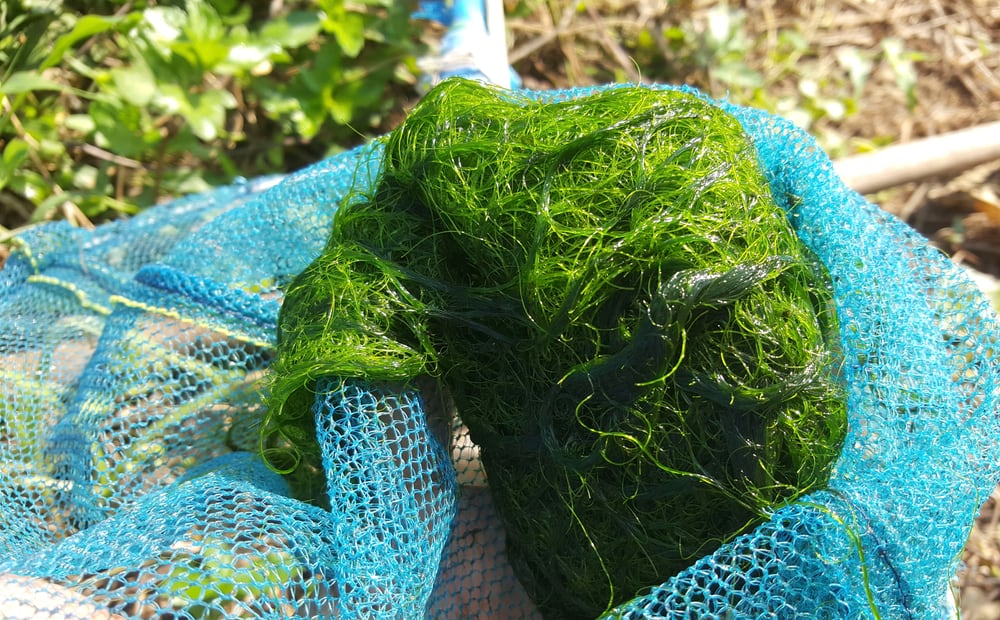
Leave a Reply
You must be logged in to post a comment.